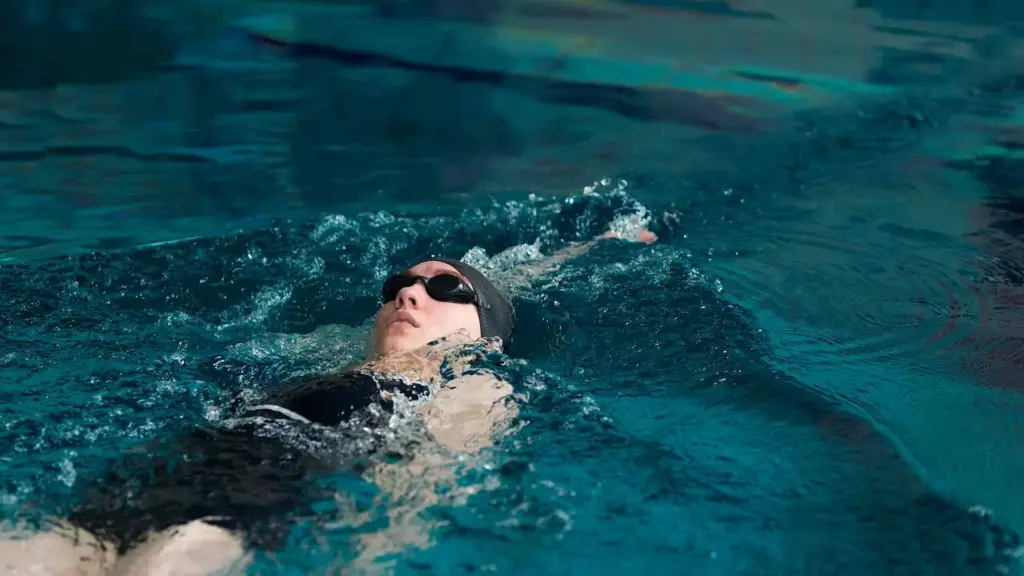Learning to swim is a valuable life skill that boosts confidence, fitness, and safety in the water. The question “Can I learn swimming on my own?” is common, especially for adults or busy schedules where formal swimming lessons might seem inconvenient. This post explores practical ways to teach yourself safely, the limits of self-teaching, and when to seek professional instruction, with a focus on the local context of swimming lessons Preston if you’re in the UK.
Introduction: why learning to swim matters
Swimming is a full-body exercise that improves cardiovascular health, builds muscular strength, and enhances coordination. Beyond the physical benefits, swimming equips you with essential water safety skills. Whether you’re aiming to float confidently, swim lap after lap, or enjoy a seaside holiday without worry, having solid swimming skills is worth pursuing. Many people wonder if they can start from scratch without enrolling in formal lessons. The short answer is yes, but with the right approach and safety precautions.
Safety first: assess your starting point
Before you dive into self-guided practice, consider your current comfort level with water. Are you comfortable entering a pool, submerging your face, or treading water? If you have any fear of water, a few sessions with a qualified instructor can be a wise investment to build confidence and reduce risk. If you decide to proceed solo, start in a shallow, supervised area such as a supervised pool or a lifeguarded beach. Always swim with a buddy and keep immediate supervision until you’re confident you can handle yourself in various water conditions.
Step-by-step approach to self-directed learning
Here’s a structured way to teach yourself swimming while prioritising safety and progressive skill-building.
1) Get the basics right: water orientation and breath control
- Spend time in shallow water getting used to buoyancy. Practice blowing bubbles through your nose and mouth to learn breath control.
- Learn to exhale underwater and inhale quickly when your head rises. This is foundational for smooth, efficient swimming.
2) Practice floating techniques
- Front float, back float, and dead man’s float (a controlled, relaxed float) help you manage anxiety and conserve energy.
- Use a wall or pool edge to support your first attempts if needed, gradually reducing reliance as balance improves.
3) Introduce efficiency in movement
- Learn the basic arm and leg motions separately before combining them. For many beginners, the flutter kick with a basic freestyle arm stroke is a natural starting point.
- Focus on streamlined body position: head in line with spine, hips up, and long, relaxed strokes.
4) Build endurance and confidence
- Short, frequent practice sessions are more effective than long, infrequent ones. Aim for 15–30 minutes per session, several times a week.
- Include gradual challenges, such as swimming a short length without stopping, then increasing distance as confidence grows.
5) Tackle common obstacles
- Fear of water: pair breathing practice with gradual immersion, and use flotation devices as a transitional aid.
- Coordination: break the stroke into parts and practice them separately before combining.
6) Evaluate progress and safety
- Keep a simple log of distances swum, times, and comfort levels.
- If you experience persistent dizziness, chest pain, or unusual shortness of breath, stop and seek medical advice.
The role of professional instruction: is it necessary?
Self-teaching can work for many people, but there are compelling reasons to consider swimming lessons in Preston:
- Expert feedback: A qualified instructor can correct your technique, breathing, and body position in real time.
- Safety oversight: Inexperienced swimmers often benefit from structured safety guidelines and supervised pools.
- Motivation and accountability: Regular lessons create a steady progression plan and milestones.
- Access to facilities and equipment: Pools often offer resources such as kickboards, fins, and tempo trainers that enhance learning.
If you’re in Preston or nearby areas, searching for swimming lessons Preston can connect you with local clubs, community pools, and trained instructors who tailor programs to adults and beginners.
When to seek a structured course
Consider enrolling if:
- You’ve tried self-teaching for several weeks without noticeable progress.
- You struggle with breath control or sustain confidence in the water.
- You need standardized assessment or a certification for work, safety, or travel.
- You want to learn competitive strokes or advanced techniques that require professional feedback.
Practical tips to complement self-teaching
- Use a buddy system: swim with a friend or family member for safety and mutual encouragement.
- Schedule regular practice: consistency beats intensity for beginners.
- Watch demonstrations: instructional videos or live demonstrations can supplement your practice.
- Warm up and cool down: gentle stretches and easy swims reduce muscle tension and risk of injury.
- Stay hydrated and protected: drink water, and apply sunscreen for outdoor pools.
Final thoughts
Learning to swim on your own is possible with patience, discipline, and a strong safety mindset. A self-directed approach can yield solid progress, especially when you start with clear fundamentals, gradually increase challenge, and stay mindful of safety. For those who prefer professional guidance, or who live in or near Preston, our swimming lessons Preston offer a structured path with expert feedback, safety oversight, and additional resources to accelerate progress. Whether you choose to self-teach or enroll in lessons, the most important outcome is your growing ability to enjoy water confidently and safely.

